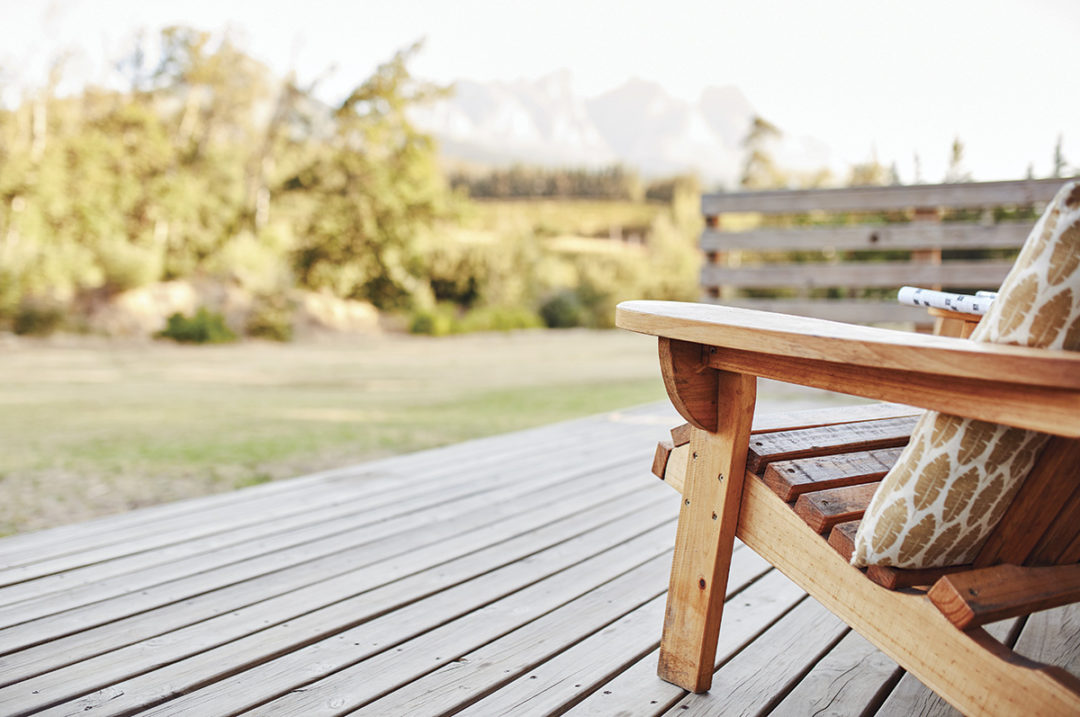Many agricultural producers are challenged with rising costs of inputs and inflation. On top of that, many are trying to support multigenerational ownership. Due to this, many ag producers have found long-term sustainability requires diversification. Diversification through crops, products and livestock is a good alternative to stay competitive and profitable, but it may not be the best return on investment compared to diversification through real estate.
Many ag producers find they are cash poor and land rich. Especially in Idaho, most scenic land is controlled and owned by farmers and ranchers. The secret is out about our Idaho gem, and each day out-of-state residents flock to Idaho communities to raise their families.
The recession of 2008 left us with a housing shortage across the nation, which has driven purchase prices, demand and rates for rentals. Idaho tourism has also seen increasing numbers. Finding a camper spot on public or private land has become increasingly difficult, driving passionate purchases for recreational land.
If you are an ag producer who inherited or acquired land with an existing home or land that isn’t high-producing ag ground, you may want to consider your options for the highest and best use for your property.
For example, one of our clients in Bingham County sold two 3- to 5-acre pivot corner parcels. These parcels were costly to get water to and were not worth the labor and input costs. At current ag ground values, those dry corners would be placed at a sales value of approximately $4,500 per acre. The sellers obtained surveys, then legally split the parcels with county road frontage to allow building. This increased the sales price by three to four times the ag value of the ground, despite the properties not having ideal topography and being far from power. The sellers were then able to reinvest the profits into higher-producing assets.
According to the USDA Land Value 2021 summary, farm prices for Idaho rose 7.7% from the previous year to an average of $3,350 per acre.
Another client in Teton Valley acquired a ranch with an older existing home. Rather than splitting off the home and selling it for a quick profit, the seller retained the home and now rents it out as the landlord. This brought in instant cash flow to add value to his investment portfolio – and due to the shortage of rental homes in the area, the renters happily paid historically high rent costs. If you don’t want to be a landlord but want to collect the check, hire a property manager for 10% of the monthly rent to manage tenants, deal with repairs and screen new tenants.
Another client is acquiring a few hundred acres of land with an existing home. Their goal is to transform the house into a nightly vacation rental on Airbnb and Vrbo while grazing the remaining pasture ground. In today’s market, vacation rentals can bring in two to four times more than the long-term rental rate. Tools like “rentalizer” from AirDNA help predict more accurate income potential of short-term vacation rentals rather than a heaven-sent prayer. Many vacation rental owners self-manage the property and schedule cleaners after each stay. Others hire specialized vacation rental management companies that charge an average of 20% to 25% of the booking but will still leave you with jaw-dropping cash flow.
Other clients in remote, hard-to-access locations are constantly approached by recreationists. People want to lease, split and buy non-buildable 1- to 5-acre parcels of unproductive, rugged, marshy or heavily timbered land where they can escape the crowds of campers, hunters or fishermen.
Growing up on a working farm and ranch in Teton Valley, I have a deep love for the land, lifestyle and history of my family working operation. There came a time when my family had to look at the return on investment of productive land we owned. We sold it to a neighboring landowner with terms that we could lease it back. This freed up cash flow to pursue alternative investments that would increase and extend the agricultural lifestyle we grew to love.
Whatever your sustainability approach is, knowing your return on investment rate will help dictate the financial decisions of your operation. This can be a wise tool to add to your arsenal.
Comparing return on investment from crop yields, time in field inputs, labor shortages and rising input costs to more passive real estate investments may be a golden nugget for your operation. Banks and private lenders can leverage long-term and short-term rental cash flow to increase your real estate portfolio and operating loans.
Maximizing the returns of your real estate assets by comparing the current usage to its highest and best use may be a key driver in profitable growth and sustainability for generations to come.
References omitted but are available upon request. Click here to email an editor.


.jpg?height=auto&t=1713304395&width=285)


